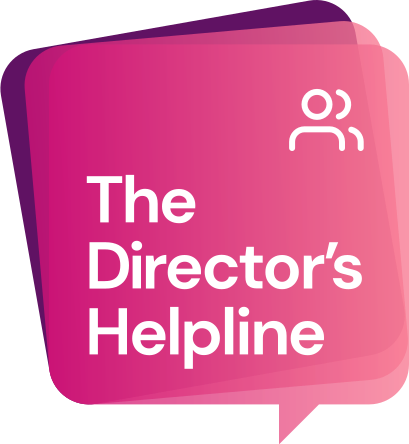- Home
- News
- What’s On
- Activities for Children
- Arts & Crafts
- Autos and Bikes
- Business events
- Car Boot & Auctions
- Charity events
- Churches & Religious
- Comedy
- Dance
- Days out & Local interest
- Education
- Exhibition
- Film
- Gardening & Horticulture
- Health
- Markets & Fairs
- Music
- Nature & Environment
- Spiritual
- Sport
- Talks and Discussions
- Theatre and Drama
- Business
- Local Information
- Jobs
- Deaths
- Charity events
- Contact Us
The Directors Helpline

1. Why GDP growth doesn’t tell the full story for UK businesses

by Jonathan Cooper
Macclesfield-based The Directors Helpline has over 15 years’ experience supporting company directors on a wide range of issues – from general financial information, through to business recovery, restructuring and company closure. This is the first in a series of articles aimed at small business owners and company directors.
Setting the Scene
Earlier this month, the Office for National Statistics (ONS) released its first quarterly estimate of gross domestic product (GDP) for 2025. The overall picture was a positive one, a modest return to growth after months of economic stagnation was a headline many were hoping for.
Yet, while on the surface, this update has sparked optimism, when lifting the bonnet there are reasons to be wary.
On a macro level, ING has identified two key factors behind Q1’s positive figures. Firstly, they may be a result of front-loaded production due to uncertain trade relations with the United States. Secondly, since 2022, GDP growth has been stronger in the first half of the year. Finally, Q1 GDP growth is weaker this year than last.
So, although things may seem to be looking up, the context of early 2025 matters.
Then, consider the geopolitical landscape. In early April, the US Government announced global trade tariffs, including a flat 10% tariff on all UK goods, then suspended them for 90 days.
Shortly after, the UK Government signed major trade deals with the US and, in May, with the European Union – the first between the two parties since Brexit.
None of these developments are represented in the Q1 report. The UK’s economic environment had already changed significantly by the time the figures were shared on May 15.
The true picture for SME business owners
Where these figures require even more caution is when looking through the lens of small and medium-sized enterprises (SMEs) – the backbone of the UK economy.
At The Director’s Helpline we hear from hundreds of business owners every week, painting a more complex, challenging picture than the optimistic headlines suggest.
GDP growth figures overlook the ongoing challenges SMEs face. These businesses are more vulnerable to the immediate political and economic landscape – such as the recent hike in employers’ National Insurance Contributions.
This increase has tightened the margins of already struggling businesses, something we hear daily from directors.
Recent business sentiment surveys reinforce what we’re witnessing on the ground. According to the Institute of Chartered Accountants in England and Wales, business sentiment turned negative for the first time in two years in April, meanwhile ONS figures showed consumer confidence dropped to -23, four points lower than March’s score.
Also, for many business directors, the ghosts of the pandemic still linger. We’re fast approaching the five-year mark since the introduction of the Bounce Back Loan Scheme –and a significant number of businesses are struggling to repay what they borrowed.
The past five years, and current uncertain political landscape, remind business directors of the need for contingency plans and trusted advice.
It’s important to talk, especially when facing financial pressures. Whether navigating creditor demands, HMRC arrears, or cashflow concerns, there are always options. Reaching out early can help protect a business, safeguard jobs, and provide a clear path forward.
While optimistic GDP data may be useful for politicians and policymakers, it doesn’t put money back into tills or pay suppliers. And while macroeconomic data may look rosy, on the ground, many businesses are still fighting to stay afloat.

The Directors Helpline, Churchill Chambers, Churchill Way, Macclesfield SK11 6AS

You must be logged in to post a comment Login